#artificial brain
Explore tagged Tumblr posts
Text
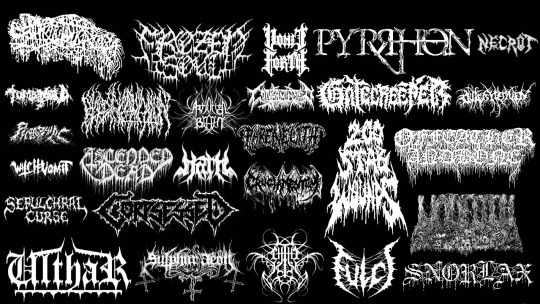
Modern Death Metal.
#sanguisugabogg#blood incantation#death metal#snorlax#frozen soul#vomit forth#pyrrhon#necrot#tomb mold#phobophilic#witch vomit#sepulchural curse#ulthar#ascended dead#corpsessed#sulphur aeon#hath#artificial brain#contaminated#phrenelith#cruciamentum#Chthe'ilist#gatecreeper#200 stab wounds#fulci#outer heaven#of feather and bone#undeath
41 notes
·
View notes
Audio
2 notes
·
View notes
Text
Mapping Fruit Fly Brain
Recently scientists have mapped out the entire brain of a fruit fly! Using AI and two years of slicing and dicing with Google's money, they have mapped out in 3D all 140,000 neurons and around 50 million neural connections! 60% of the fruit fly's genetics and brain mapping is found in higher animals and in humans. The human brain has about 80 million neurons with trillions of connections. The lab rat has 70 million neurons with trillion neural connections!
Science, using the accurate computer model, can now mimic the fruit fly's neural connections with its resulting behavior! Basically, science is demonstrating the principle of our thinking: a wave of energy traveling down certain brain circuits. The more the neural connections are used, the stronger the connections become!
The best way to understand this is from this analogy I postulated over ten years ago: imagine the water from a flowing river and some of the water overflows onto its sandy banks. The pattern in the sand depends on the amount of water, its force, and the sand itself. The variety of patterns is 10 to the 50 power!
This is the principle that our brain is automatic, just like the overflowing from a moving river!
youtube
#consciousness#atheist#mind#meditation#buddhism#spiritual#buddha#atheism#buddhist#hinduism#fruit fly#brain#mapping brain#artificial brain#Youtube
3 notes
·
View notes
Text



Artificial Brain tees
0 notes
Text
instagram
0 notes
Text
0 notes
Text
𝕿𝖔𝖒𝖊 𝖔𝖋 𝖙𝖍𝖊 𝕰𝖝𝖎𝖑𝖊𝖉 𝕰𝖓𝖌𝖎𝖓𝖊𝖊𝖗 - 𝕬𝖗𝖙𝖎𝖋𝖎𝖈𝖎𝖆𝖑 𝕭𝖗𝖆𝖎𝖓
youtube
0 notes
Video
youtube
Artificial Brain 2024-02-09 Underground Arts Philadelphia, PA
0 notes
Text
#Trans-Dimensional Crossing of the Alta-Tenuis#gigan#Anomalous Abstractigate Infinitessimus#death metal#dissonant death metal#gorguts#artificial brain#ulcerate#mithras#portal#Bandcamp
2 notes
·
View notes
Text

Logo of the Day #10
Artificial Brain
Technical Death Metal
1 note
·
View note
Text
The AGI Creation (VI)
Part 6
In the last process, Part 5, the process of outputs becoming inputs, it is suggested that consciousness is not involved. This all depends on one's definition of "consciousness". I take a more narrower definition and approach. If the process can be done automatically, then there is no consciousness. The challenge to this suggestion is this simple problem: what stops this loop of outputs becoming inputs? When does it stop as this feedback loop can go on forever? There needs to be a stopgap process! Part 6 is this stopgap process and does it involve "consciousness", or is it automatic, as well?
What do we mean when we say we are conscious? Do we say, "I feel I am thinking. I feel I am conscious." How do we know that I am conscious? What evidence do we have that says we are conscious? Is it because I experience my consciousness? What is it that we experience? Do we often tell ourselves, "I do not know what it is and I can not touch it, but I know it is there." I want to prove to myself that I know that my consciousness exists! I feel something and I feel alive, independent, different, and unique from everyone else! I just know it! And that is all we have as proof for the existence of consciousness. A feeling!
This feeling is the stopgap! This is what many view as "consciousness", as being the "hard problem".
Here's a simple analogy. When you are learning something new, or having wakened up, and you are confused, uneased, you have this gut feeling that something is not correct, strange, a queasiness, and you do not understand. That is the feeling of confusion, being bewildered, uncertain and that there is something missing. You need to find the missing part. There has to be a solution, an answer to your confusion, to your uncertainty. The lecture you just heard, you do not understand. You feel lost. You feel stupid. Everyone else gets the answer and understands, but you don't.
This emotional feeling is the stopgap! This emotional stopgap came from previous interactions! This emotional stopgap was created, is created, and will be created by you! You need this emotional stopgap to exist!
Basically, this emotional stopgap comes from your body: a physical and automatic reaction of the body to the interactions of the environment! This emotional stopgap protects the body. It maintains your energy. Gives you optimality, feasibility, and generalizability! The body has natural, physical limitations and restrictions. For example, using the brain as a chess grandmaster uses the same amount of energy as does a professional boxer in a fifteen-round fight! The body sets limitations, even though the chess grandmaster wants to think longer and harder. The body kicks in! The emotional stopgap prevents this! Pain is a stopgap! Desire is a stopgap!
The artificial human-like intelligent entity would need some physical stopgap. The stopgap must be connected to the entity's energy! This is already possible with the latest technological breakthroughs! Having "codes" written inside the program will not work as these "codes" can always be erased, ignored, or changed by the intelligent entity itself! Can override the code. Must be a physical stopgap, just as our emotional stopgap is tied to our physical health and well being!
Again, this is all automatic, and requires no "consciousness". Where then is this "consciousness"? I term it as the 4D mind and this is where insights come from!
For example, to create something new, not seen before and is not some combination, or variation of something before. Taking two independent and unrelated ideas together to form one, new, insightful idea!
To an artificial human-like intelligent entity, it can choose two unrelated patterns, put them together, and call it new! And then, it will stop! This is not insight.
True insight is taking fundamental concepts that had interacted from thousands of years of experiences and memories, and unlocking a deeper secret that is hidden by bringing two unrelated concepts together! A creation of something profound! An artificial human-like intelligent entity can not do this as this 4D insight is outside of these 6 parts. There is no need for an emotional stopgap! There is a deep, sudden outburst of, eureka! This is it and it shakes me to my bones!
Our ability to have insights is our human saving grace and distinguishes us from artificial human-like intelligent entities!
#consciousness#atheist#mind#meditation#buddhism#spiritual#buddha#atheism#buddhist#hinduism#artificial consciousness#artificial intelligence#artificial brain#artificial general intelligence#emotions#insights#perception#meaning#understanding#authenticity#mysticism#mystical#gnosis#gnosticism#hermetic#esotericism
1 note
·
View note
Text
Once I was listening to a podcast and one of the hosts was like “the key to confidence isn’t never making mistakes and knowing everything, but making mistakes and being totally okay w the fact because everyone makes mistakes and it’s not a statement about your worth” and oh my god okay. My trauma bond w shame is dying a slow death.
#I feel like until my prefrontal cortex is developed I’ll just be prone to freaking out#So I’ll artificially stimulate whatever 30 something year old brains effuse naturally by meditating#And continuing the hunt for a therapist who is much older than me 🩷#My current therapist is cute I think I just need older ppl to dissect my ill diseased mind too
2K notes
·
View notes
Text
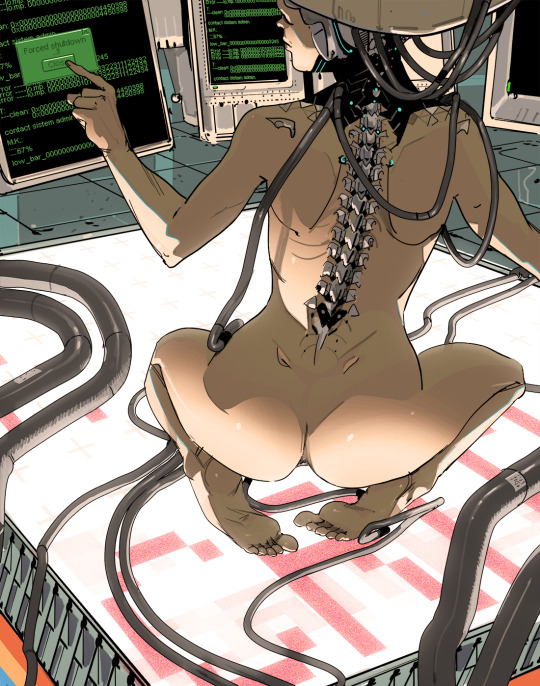
Tolerance threshold.
#lab#cyborg#android#cyberpunk#retro#monitor#tolerance#threshold#code#admin#automation#complete#artificial#intelligence#brain#mind#computer#nudesketch#femalebody#colunavertebral#silicon#robotics#cables#critical#illustration#digitalillustration#digitalart#digitalartwork#90s
2K notes
·
View notes
Text
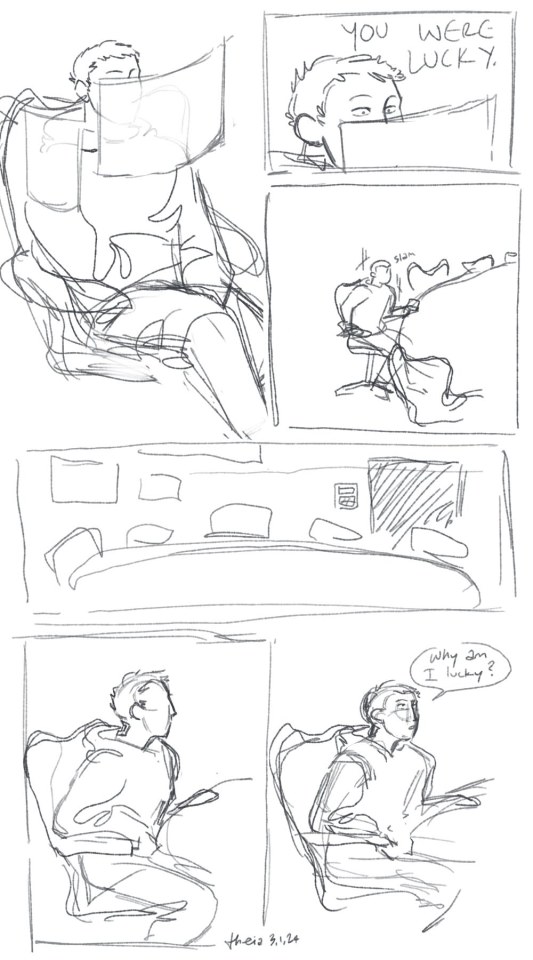
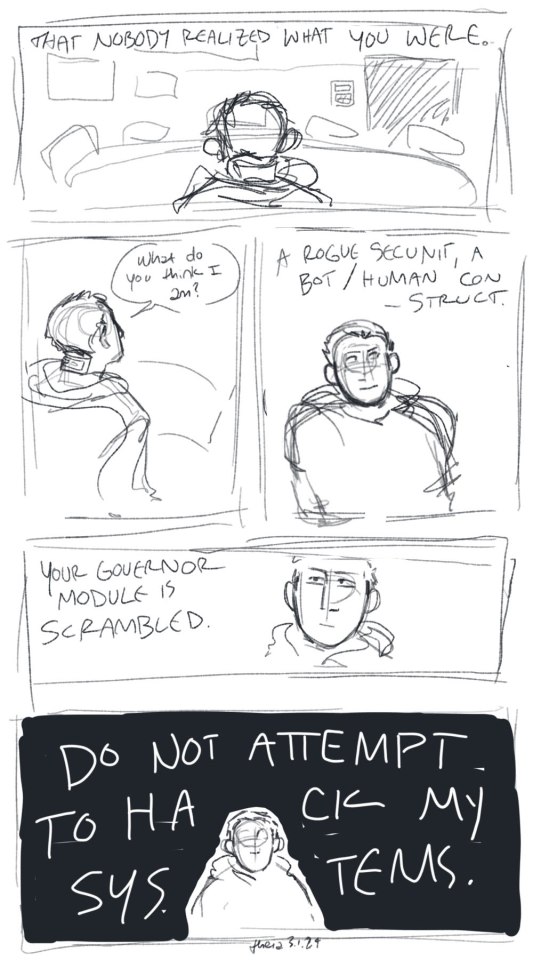
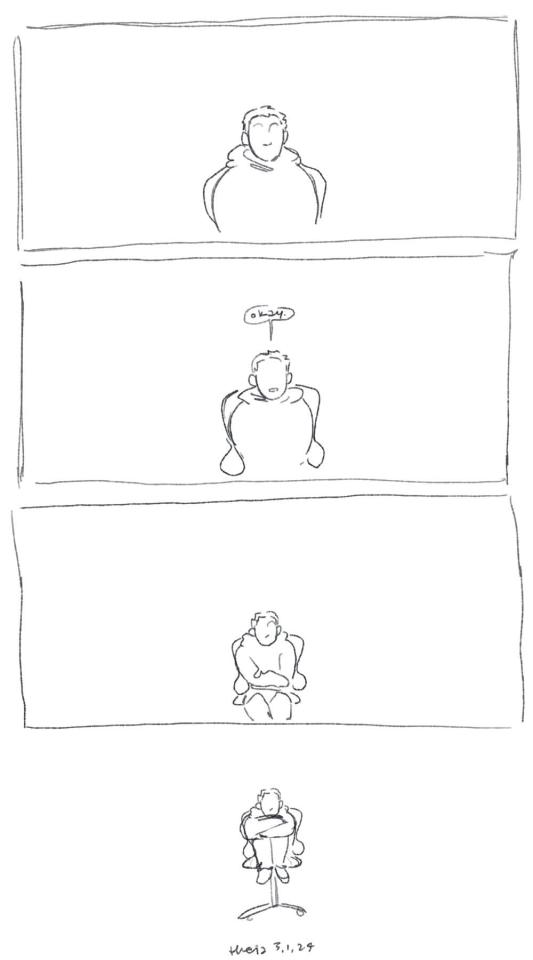
You made a mistake, Murderbot, a really bad mistake. How the hell was I supposed to know there were transports sentient enough to be mean?
#the murderbot diaries#artificial condition#murderbot#secunit#asshole research transport#perihelion#my art#doodles#sketchy#id in alt#and then they watched media for hours and hours and hours on end.#comic!!#i love art and murderbot's first meeting. theyre so fucking ridiculous#art and its inability to tailor its reactions to fit a situation#day one of meeting new interesting friend: 'I Will Erase Your Brain'
771 notes
·
View notes
Text
instagram
0 notes
Text
Harvard Neuroscientists and Google DeepMind Create Artificial Brain in Virtual Rat
New Post has been published on https://thedigitalinsider.com/harvard-neuroscientists-and-google-deepmind-create-artificial-brain-in-virtual-rat/
Harvard Neuroscientists and Google DeepMind Create Artificial Brain in Virtual Rat
In an impressive collaboration, researchers at Harvard University have joined forces with Google DeepMind scientists to create an artificial brain for a virtual rat. Published in Nature, this innovative breakthrough opens new doors in studying how brains control complex movement using advanced AI simulation techniques.
Building the Virtual Rat Brain
To construct the virtual rat’s brain, the research team utilized high-resolution data recorded from real rats. The Harvard researchers worked closely with the DeepMind team to build a biomechanically realistic digital model of a rat. Graduate student Diego Aldarondo collaborated with DeepMind researchers to train an artificial neural network (ANN), which serves as the virtual brain, using the powerful machine learning technique deep reinforcement learning.
The neural network was trained to use inverse dynamics models, which are believed to be employed by our brains for guiding movement. These models enable the brain to calculate the necessary trajectory and translate it into motor commands for achieving a desired motion, such as reaching for a cup of coffee. The virtual rat’s neural network learned to generate the required forces to produce a wide range of behaviors, including those not explicitly trained, by using reference trajectories derived from real rat data.
As Ölveczky noted, “DeepMind had developed a pipeline to train biomechanical agents to move around complex environments. We simply didn’t have the resources to run simulations like those, to train these networks.” The collaboration was “fantastic,” he added, emphasizing the crucial role played by the DeepMind scientists in realizing this breakthrough.
The result is a virtual brain capable of controlling a biomechanically realistic 3D rat model within a sophisticated physics simulator, closely mimicking the movements of a real rodent.
Potential Applications
The virtual rat with its artificial brain presents a novel approach for probing the neural circuits responsible for complex behaviors. By studying how the AI-generated brain controls the virtual rat’s movements, neuroscientists can gain valuable insights into the intricate workings of real brains.
This breakthrough could also pave the way for engineering more advanced robotic control systems. As Ölveczky suggests, “While our lab is interested in fundamental questions about how the brain works, the platform could be used, as one example, to engineer better robotic control systems.” By understanding how the virtual brain generates complex behaviors, researchers may be able to develop more sophisticated and adaptive robots.
Perhaps most excitingly, this research may enable a new field of “virtual neuroscience,” where AI-simulated animals serve as convenient and fully transparent models for studying the brain, even in disease states. These simulations could provide an unprecedented window into the neural mechanisms behind various neurological conditions, potentially leading to new treatment strategies.
Next Step: More Virtual Rat Autonomy
Building upon this groundbreaking work, the researchers plan to give the virtual rat more autonomy to solve tasks akin to those encountered by real rats. As Ölveczky explains, “From our experiments, we have a lot of ideas about how such tasks are solved, and how the learning algorithms that underlie the acquisition of skilled behaviors are implemented.”
By granting the virtual rat more independence, the scientists can test their theories about the learning algorithms that enable the acquisition of new skills. This could provide valuable insights into how real brains learn and adapt to new challenges.
Ultimately, the goal is to advance our understanding of how real brains generate complex behavior. “We want to start using the virtual rats to test these ideas and help advance our understanding of how real brains generate complex behavior,” Ölveczky states. By continuing to refine and expand upon this innovative approach, neuroscientists and AI researchers can work together to unravel the mysteries of the brain and create more intelligent, adaptable systems.
#3d#agents#ai#Algorithms#Animals#approach#artificial#artificial brain#Artificial Intelligence#Behavior#Brain#brains#Building#coffee#Collaboration#control systems#data#DeepMind#Disease#dynamics#employed#Engineer#engineering#Fundamental#Google#google deepmind#harvard#High-Resolution#how#Ideas
0 notes